Leominster's Story
Discover the events and people that have shaped our town over 1500 years.
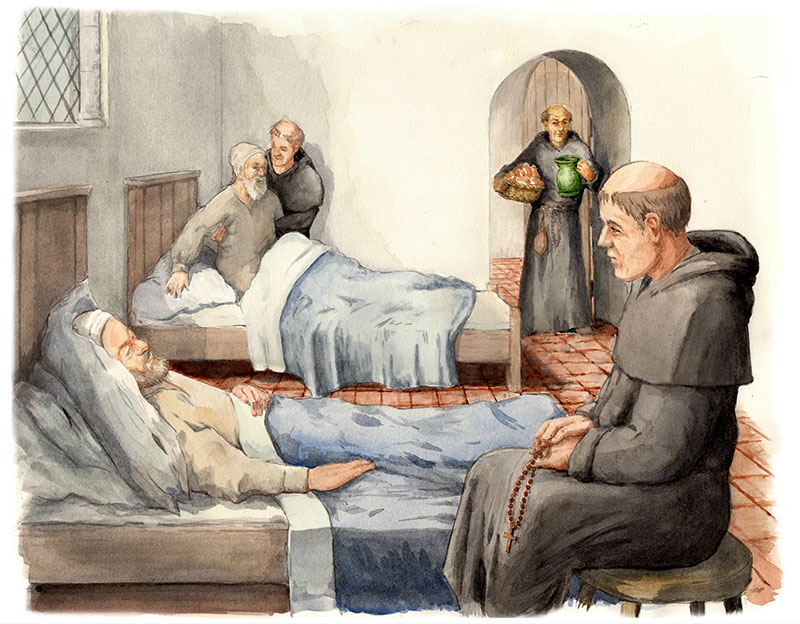
Early Beginnings
Leominster grew up around a great Anglo-Saxon abbey founded here in 660. The first church in Leominster was founded by Edfrith, a monk from the great monastery at Lindisfarne, in Northumberland, who came to bring Christianity to King Merewalh and his people.
Leominster’s Welsh name – Llanllienni – means ‘church among the floods’. Before humans settled here the site was like an island, surrounded by marshland and rivers.
660 - 1100
By 1000, there was a small settlement living and worshipping on this site. The religious community was supported by Leofric, Earl of Mercia and husband of Lady Godiva. Despite suffering greatly in the border conflicts between the Anglo Saxon and Welsh, by the time of the Domesday survey of 1086 the ‘manor of Leominster’ covered almost 10,000 acres and included 16 surrounding villages.
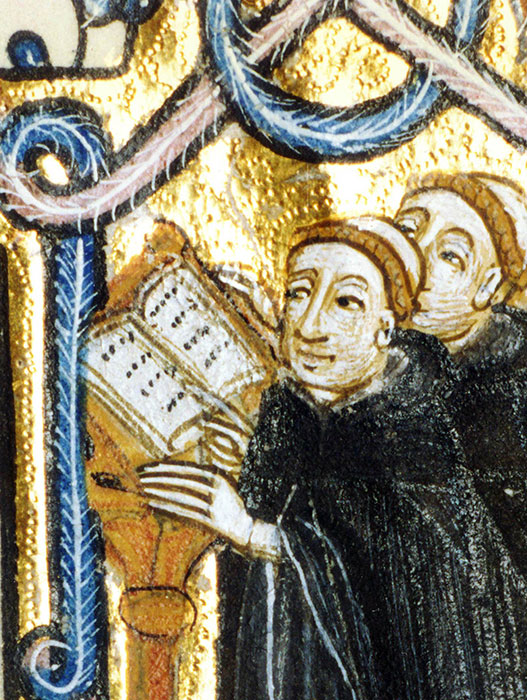
The Priory House, or Priory House, is one of the few surviving buildings that were built by the monks of Leominster Priory.
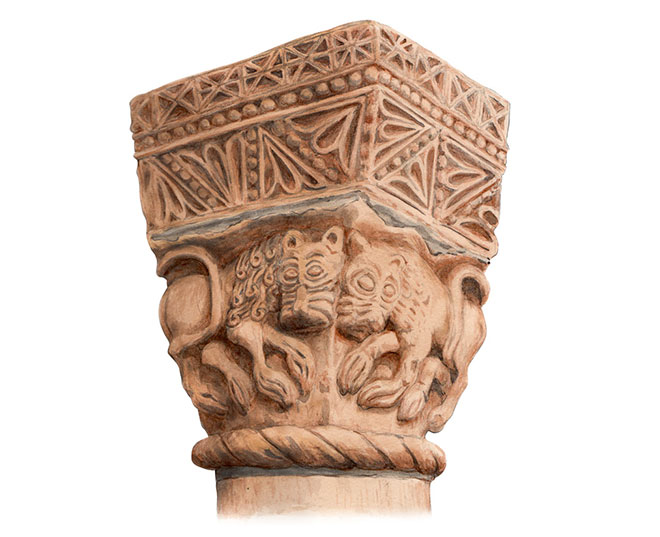
1100 - 1500
In 1123, King Henry I refounded Leominster’s monastery as a ‘daughter church’ of Reading Abbey. He extended the Priory church buildings, with much of the beautiful stonework still visible today at Leominster's Priory Church.
Leominster flourished during the middle ages, as a bustling rural market town. The wool of the local Ryelands sheep was greatly prized and known nationally as ‘Lemster Ore’.
The Forbury Chapel was built for the townspeople of Leominster in 1283, by order of John Peckham, Archbishop of Canterbury.
1500 - 1600
The Dissolution of the Monasteries in 1539 had serious consequences for Leominster. Not only was the Priory’s religious community disbanded, but the whole eastern portion of the church was pulled down. A charter from Queen Mary I in 1554 transferred the government of Leominster to a local 'Corporation' (now the Town Council).
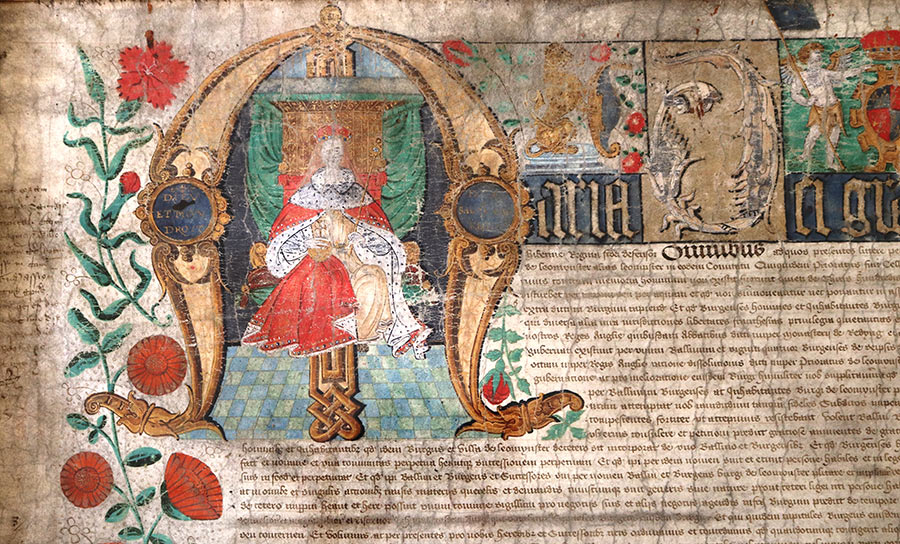
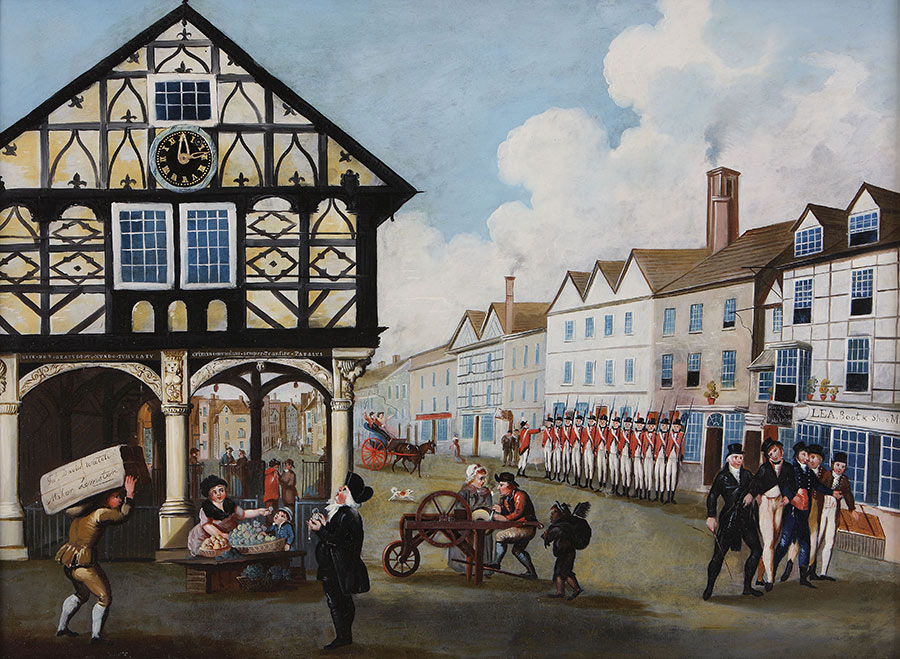
1600 - 1800
Leominster prospered during the 17th and 18th centuries. The town’s wealth at this time can still be seen in the Town Hall (Grange Court) and elegant Georgian building facades. Leominster’s rivers provided water and power for Leominster’s industries, supporting corn and fulling mills, leatherworking and dyeing. Glove-making was an important trade in the town until the 1830s.
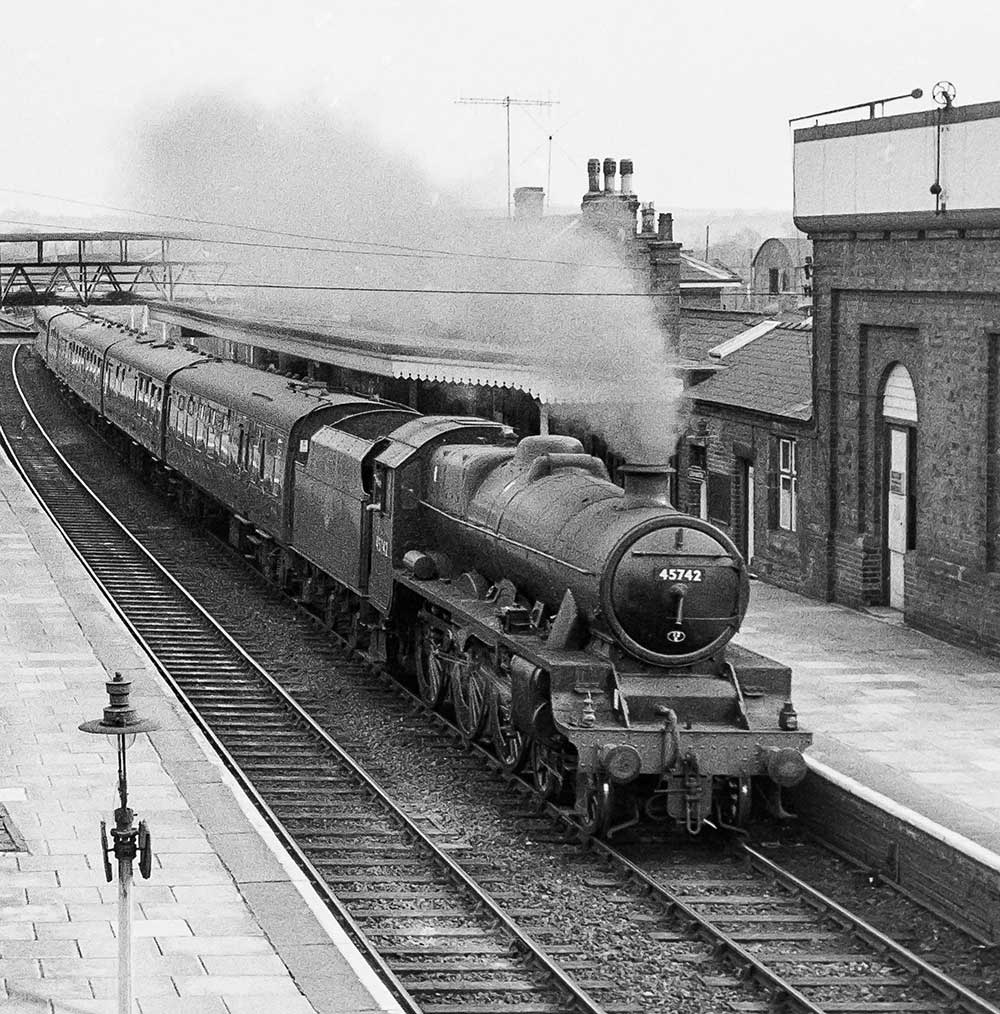
1800 - 2000
The railway arrived in Leominster in 1852, when a line was opened between Shrewsbury and Hereford. By 1900, Leominster had become an important junction. Trains brought coal to the town, both to fuel the gas works and for domestic use at home. They also carried in other heavy goods, such as lime and stone, and carried out agricultural products, including livestock from Leominster’s popular markets. During both World Wars, many local men set off to fight by train.
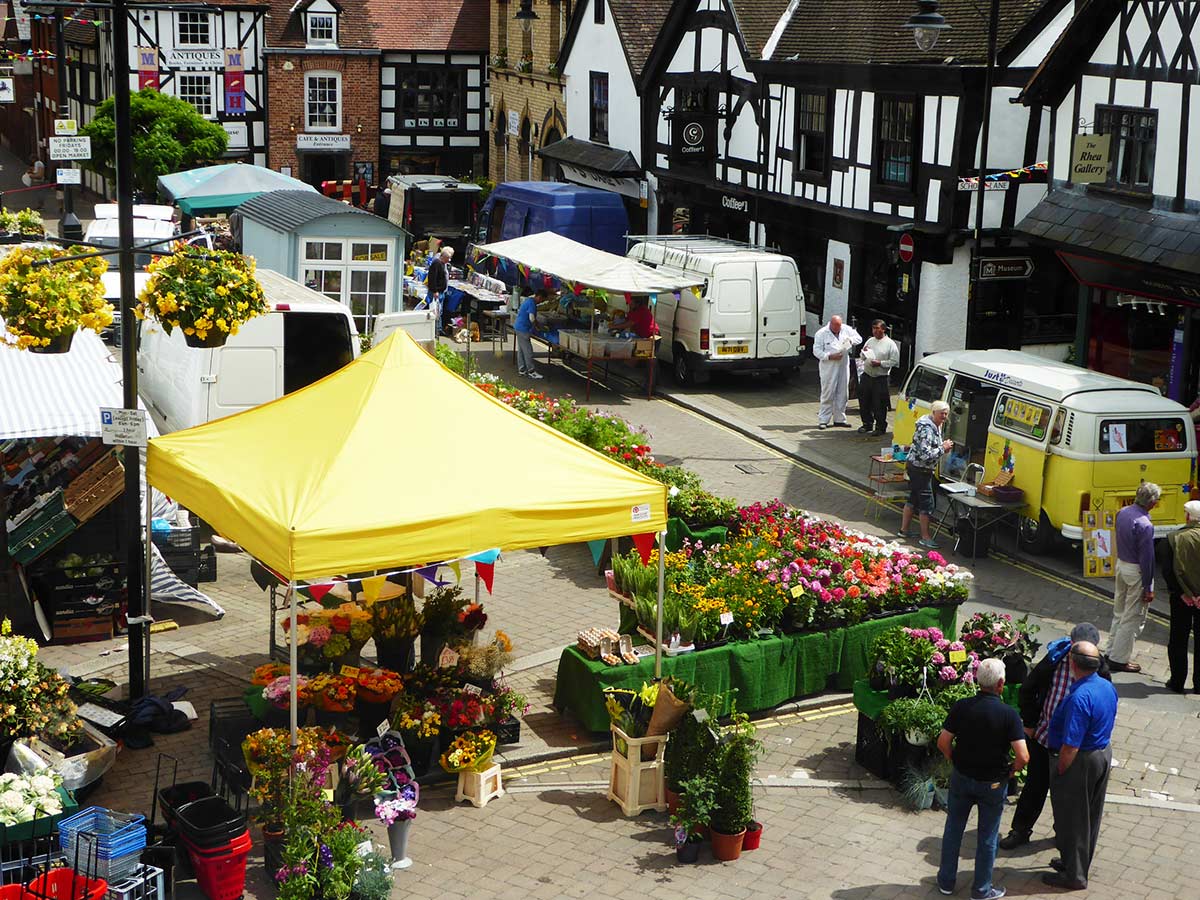
Leominster Today
With a population of over 11,000, Leominster remains the second largest town in Herefordshire and is still a market centre for the large farming area of North Herefordshire. Its unique architecture, medieval streets, independent shops and beautiful open spaces make it a fantastic place to live, work, and visit.
You can learn more about how Leominster's past has shaped the town we know today by visiting Leominster Museum and other town heritage sites.
